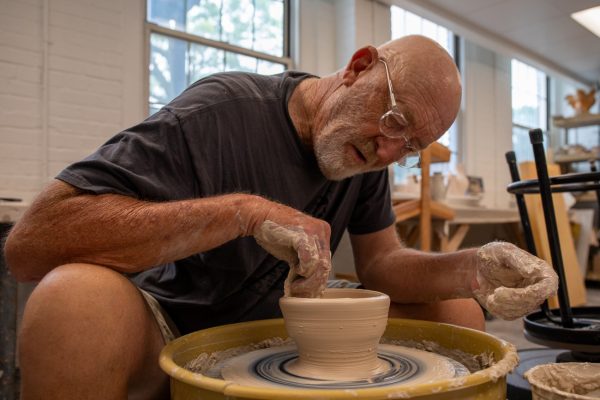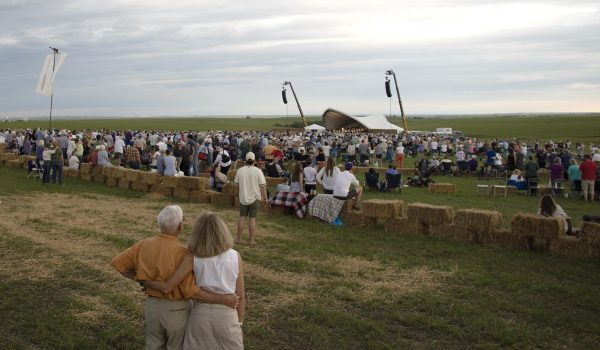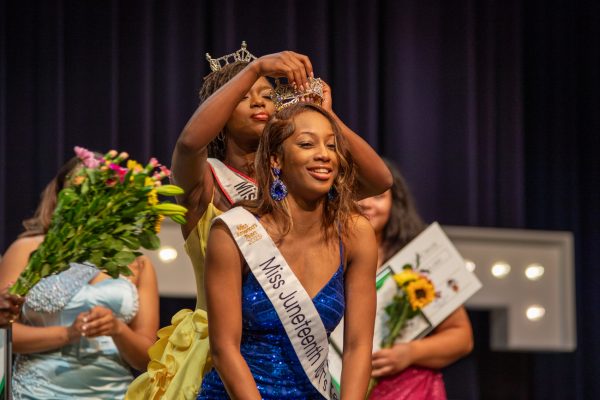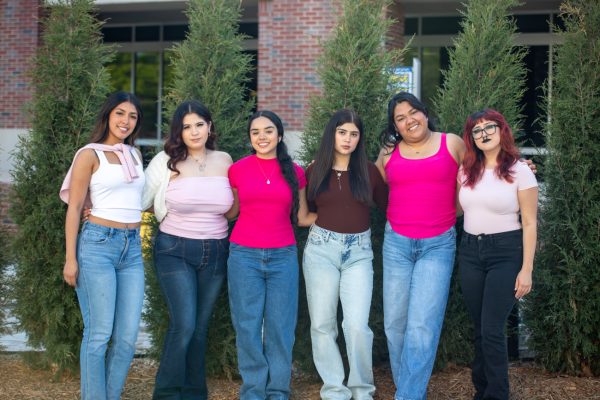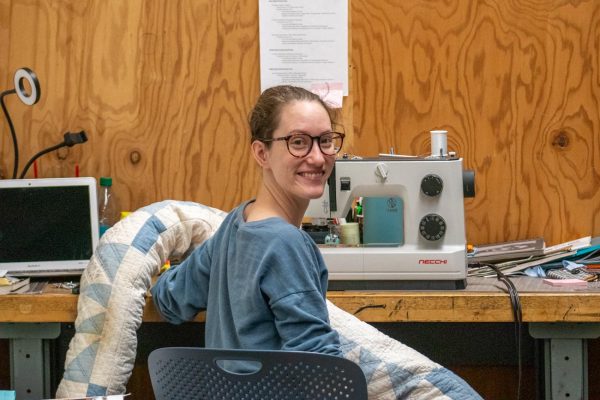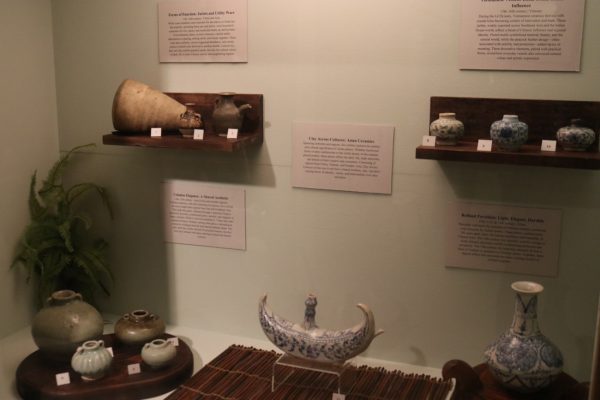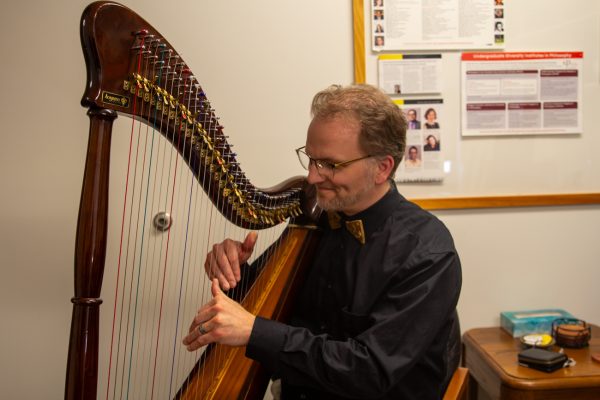A day in death: Campus cadavers educate physical therapy students
Bodies arrive in Ahlberg Hall’s cadaver laboratory with no names — just an identification number, the donor’s age, and a medical diagnosis.
Lisa Garcia, a clinical educator in the physical therapy department, said one of the first things she tells her students to do at the beginning of the semester is name the cadavers.
“They make it to feel like it’s your first patient,” Garcia said. “You get to really intimately know them.”
Betty, Henry, Ed, Francene, and Stacey are among the 12 cadavers that graduate students are dissecting and examining this semester.
Student Diana Symens said naming cadavers can help to humanize them.
“Some people might see it as being disrespectful, but some people find it as being respectful,” Symens said. “Instead of like, ‘it’ or ‘that cadaver,’ we’re respecting it as something that was a human being.”
Student Ricardo Nava said he and his group often talk to Stacey, the cadaver they were assigned to.
“We say, like, ‘good morning, Stacey,’ when we take her out and ‘goodnight, Stacey,’” Nava said. “We apologize to her sometimes when we cut stuff off.”
Garcia said students benefit from the hands-on nature of dissection, going beyond looking at pictures and memorizing anatomy terms.
“To dissect it and find it, it locks a picture into their head long-term,” Garcia said. “It’s not as much brunt memorization. You can actually see it, touch it. You can pull on a muscle and see the fingers move.”
Garcia said some of her students had never seen a dead body before they entered the cadaver lab on the first day of class, and were noticeably squeamish. She directed them to make their first cuts on the backs of the cadavers, waiting until later in the semester to tackle more sensitive areas such as the face.
“The face tends to be the hardest region for a lot of people,” Garcia said. “Some of them are like, ‘I’m not interested in seeing the face,’ because it makes it too real for them. And then, once you skin the face, it doesn’t seem as real to them.”
Garcia’s upper-level graduate students skinned the cadavers’ faces Tuesday afternoon. Then, as a 90s Pandora station played softly in the background, her first-year graduate students went about dissecting them.
“The face still creeps me out,” student Ashley Sevart said.
Sevart and her groupmates agreed the loose face skin reminded them of the cheap rubber masks that appear in stores around Halloween.
“I’ll probably have flashbacks now every time I see one of those,” Sevart said.
Student Jacob Thomas said he was past any reservations he had with dissecting the face, and was in awe of the interworking muscles.
“You think about your muscles in your arms and like, your muscles in your legs,” Thomas said. “You don’t think about that there’s a combination of muscles that makes you smile.”
Working in a cadaver lab can be a constant reminder of mortality. Student Connor Reh said she hopes she can benefit society even after she dies.
“If I die in a hospital and they’re able to save my organs and donate those, I would do that,” Reh said. “But if not, I’ve thought about donating my body to science.”
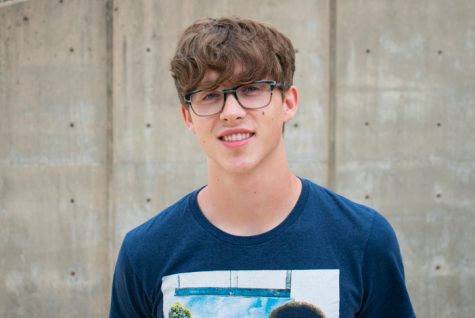
Matthew Kelly is a former editor-in-chief and managing editor for The Sunflower. Kelly graduated in 2020 with a bachelor’s degree in political science...





